Celebrity Portraitist Gerard Malanga
An associate of Andy Warhol, Gerard Malanga reflects on his subjects and his career as a photographer
/https://tf-cmsv2-smithsonianmag-media.s3.amazonaws.com/filer/Gerard-Malanga-photographer-631.jpg)
While researching photographs for “Four for a Quarter” (September 2008) about old photobooths, Smithsonian’s Jeff Campagna came across a captivating 1966 photostrip image of socialite Gerard Malanga, a photographer whom the New York Times called “Warhol’s most important associate.” Malanga discussed his career--chronicling the famous and non-famous, bohemian and non-bohemian--with Campagna via e-mail.
What was your first impression of Andy Warhol when you began working with him as a silkscreener in 1963?
Andy was pretty much open to any ideas or suggestions I would contribute. I think part of the whole reason he hired me was because of my expertise in silkscreening. He had just a few months earlier begun incorporating photographic imagery directly into the silkscreen, like newspaper and magazine photos. So when I arrived I knew exactly how to handle the screens, especially the larger ones.
You eventually got a chance to work with a variety of mediums, including film, while at The Factory [Warhol’s studio]. How do you think your early filmmaking projects and your Screen Tests collaboration with Andy influenced your photographic style?
Friends have noticed a photographic style in my work but I think this has more to do with aura--the aura a picture gives out--than with anything else. I wouldn't even know how to begin approaching "style" when I take a picture. I work intuitively mostly. It's a hit and miss. You know, the funny thing is Andy was never an influence on my work, at least not consciously. August Sander and Walker Evans were more the role models for me when I first started and mostly for different reasons, but there was a confluence here of sorts. But then just looking at photographs in books and newspapers at an early age may have prepared me for what came later. I know I was fascinated by transformation--how the same view or subject changes with time.
I've read that you almost exclusively photograph people that you know. What does that shared comfort level and trust between the photographer and subject mean to you, and what do you think it adds to that instant?
Well, that's not exactly accurate. Sometimes, a great friendship ensues as a result of a photo session. Last year while researching my exhibit of cat portraits I was pouring over pages of cat photos mostly from the 1950s here in my library, and felt a spiritual kinship with one photographer's cat pictures because they reminded me of my own shots. His name is Wolf Suschitzky. So I Google him and discover he's living in London, and I rang him up--something I rarely do anymore!--and introduced myself. We had an instant rapport, and as I was planning to attend a show of my work in Paris, I arranged with my art dealer to give me a stopover in London on the way. I sent him a copy of one of my books in advance and it was pre-arranged I would visit him the day after my arrival. We had the greatest of times, and I discovered that his cat pictures were really only one part to his vast body of work which included documenting London through the 30s right up to the present! The surprise was that during this time he had already distinguished himself as one of England's most renowned cinematographers.…What an honor to meet this man and photograph him, and now we write to each other regularly or talk on the phone. There's something about his photos and about him that touched me in a way that makes this kind of working experience all the more worthwhile.
Do you find that you crave outside inspiration, say for photography and poetry, versus being creative in a more isolated environment?
I never crave anything and I never know when the wand of inspiration will touch me. Poetry and photography are different by nature and approach. Poetry is an introspective medium that requires lots of solitude or at least knowing it exists for me, even if I'm on the subway taking notes; whereas photography is definitely extroverted. The kinds of pictures I take demand a bit of tenacity and always making contact with people.The photographer's enemy is complacency; tenacity his strength. I've become complacent at times. I admit it. So obviously I've missed out on making a number of portraits. As Cartier-Bresson once said, "You can't photograph a memory." But I've reached a point in my life where sometimes it's best to give it a rest or take other kinds of pictures. My last show was my pictures of cats...
Because of your social circles during the sixties and seventies, you ended up associating with and taking portraits of some notable young musicians. As an artist, were you very much into the music, or more so into the imagery and potential ideas behind it?
GM: It wasn't the music per se that inspired me, or the imagery behind it that factored into my photography. In fact, it was the last thing on my mind. I just felt it was important to at least document the milieu that I was a part of because what was happening was important. Photographing musicians was like photographing anyone else, especially if the person liked being photographed...In my approach I try to photograph someone who is obviously conscious of being photographed while reaching a moment where it's all the more natural without seeming conscious. That's the best I can describe it and that's the best kind of portrait. Dick Avedon, a good friend, and I shared a similar approach, though in the end he was a more controlled photographer and more controlling of his subject whereas I try to ease my subject into a more relaxed situation where the kind of effect I'm looking for has a better chance of succeeding. I try to be kind without being too kind. What's to be gained if the subject you photograph comes away from the encounter with a bad feeling about it? Art should be fun if it's to be art at all.
Do you think there's a special quality about your personality that makes people feel comfortable about letting their defenses down for the camera?
Yes and no. First rule of thumb: In whatever the photo encounter presents I have to convey a sense of confidence, otherwise I can be off my mark. It's an interesting thing about photography. All the talent in the world is not going to produce what I feel is an artistic success. I've learned from experience that what has to click is the rapport between the subject and the photographer, even if it's only for a few minutes or an entire afternoon. I could be photographing an amazing subject and easily come away with a failure; whereas with someone not in the limelight the result could be totally dramatic. There's no telling what will result. If the person shows the slightest hint of impatience, then I've lost it!
Ben Maddow, a very dear friend and clearly one of the great photo historians, once said of my work, that I have the uncanny ability to make famous people look anonymous and anonymous people look famous… I've always believed the person gave me their portrait. In a sense, each of us carries a photo within us waiting to emerge. It takes the right set of circumstances to bring it about. That's the magic of photography for me. It's totally unpredictable. I don’t really think how my personality is going to make people feel comfortable about letting their defenses down in front of my lens and that’s never been a tactic for me. That was certainly Diane Arbus’ technique and Dick Avedon’s to some extent, but not mine. It’s always been the picture between the pictures for me, where something else takes over and hopefully I can find it on the contact sheet.
Of the photographs you've taken over the years, which ones stand out in your mind or would you consider favorites? Why?
My favorite ones are always the ones yet to be taken. I guess that's because I can never know the result. Or it's always the photo encounter that almost didn't happen or in thinking about it, wish that it had… I can't for the likes of me recall the psychic energy that went into getting a certain picture, to capture a particular moment. I'm grateful for the friends and strangers alike who allowed me into their world and to encapsulate a moment or two on film. For in the end, that’s all we have. Each face, each person has a story to tell and these portraits are really a reminder that they exist for the telling.
The majority of your photography that I've seen is portraiture. What do you think draws you to this style, as opposed to other styles?
First off, the source for all my work in portraiture began with the shot I made of Charles Olson back in '69, and I didn't even know that was what I'd be doing for the rest of my life! I guess you could say it was kind of an awakening. Something touches your soul and you know it's right. I realized I could do it well and when I look back at some of the early work a lot of divine accidents pop up. Secondly, there's a tradition in what I do so I feel comfortable with that, knowing I'm giving something back hopefully. The best way I can describe the feeling is that portrait photography challenges you to be the best that you can be.
/https://tf-cmsv2-smithsonianmag-media.s3.amazonaws.com/accounts/headshot/Jeff-Campagna-240.jpg)
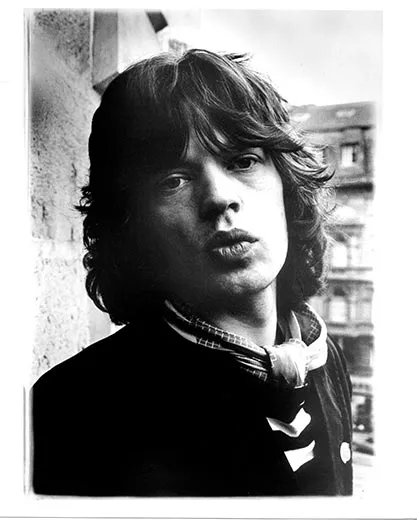
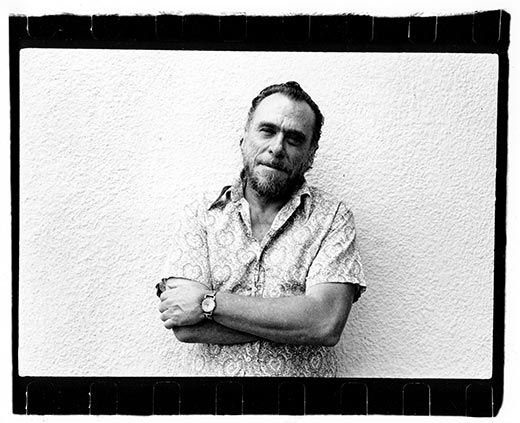
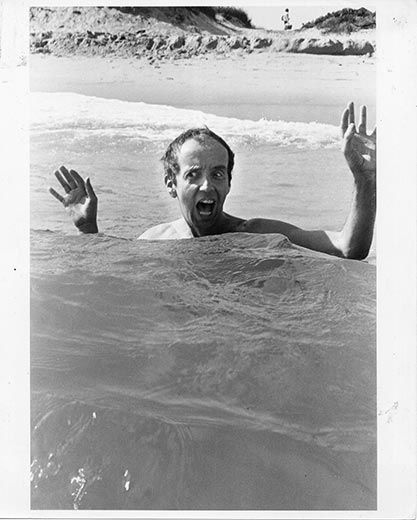
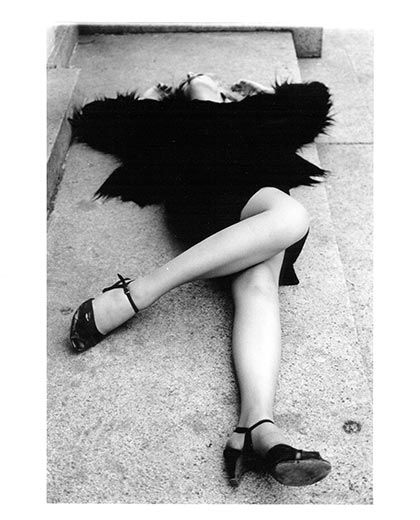
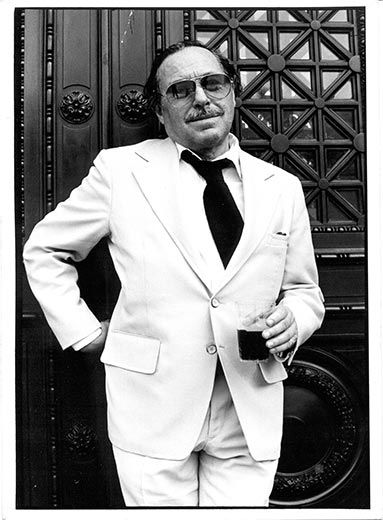
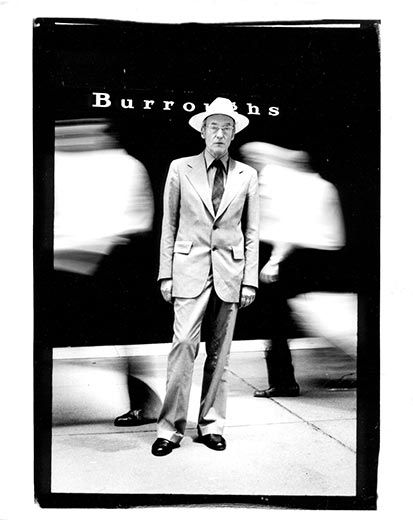
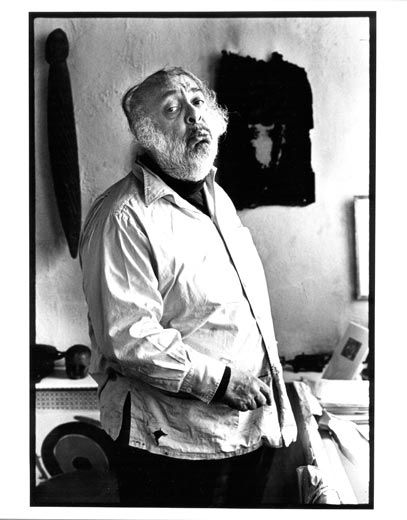
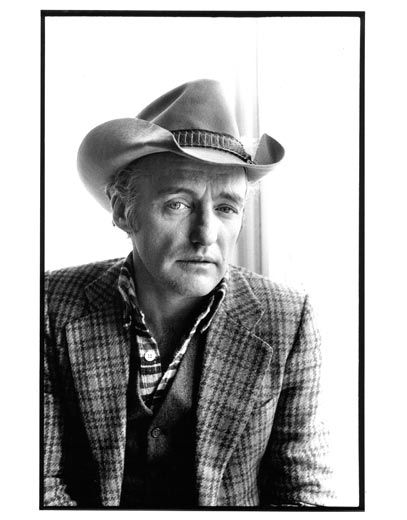
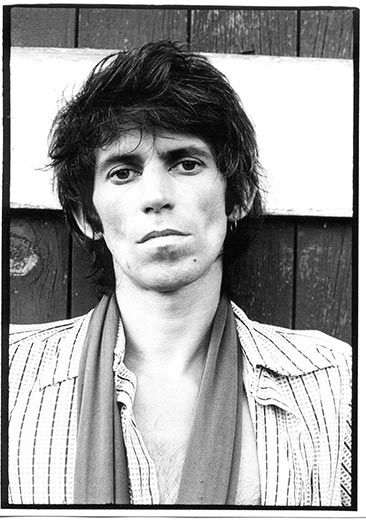
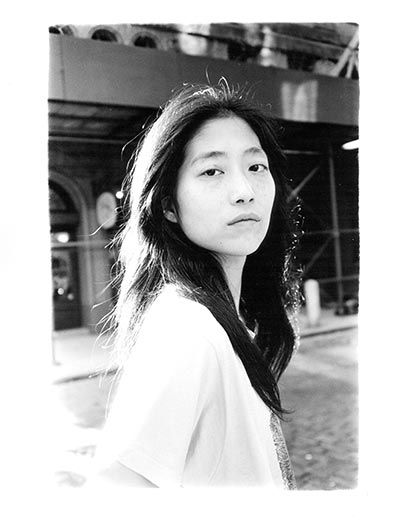
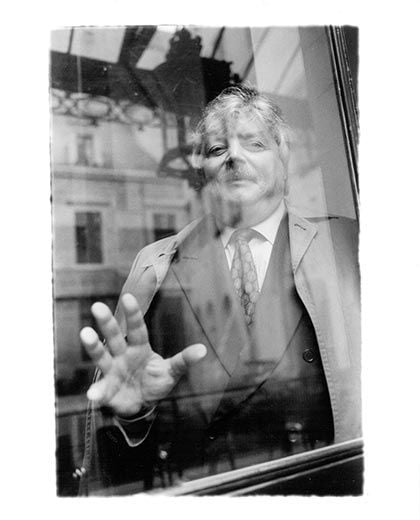
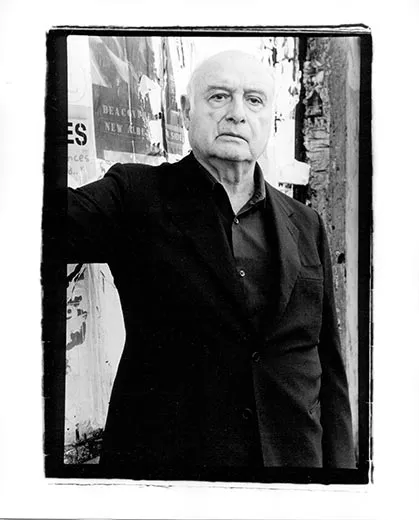
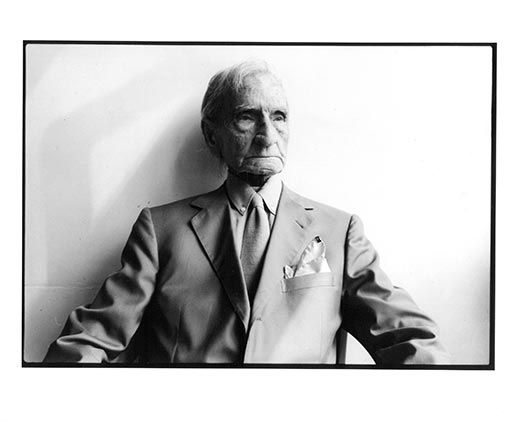
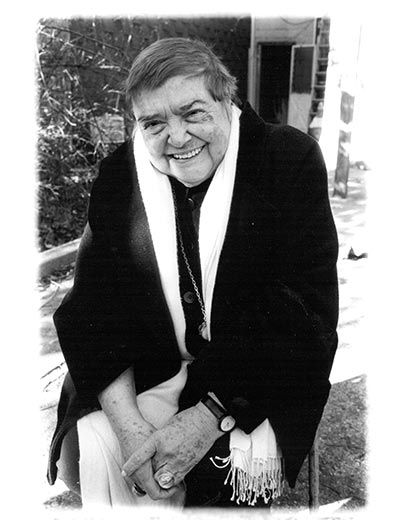
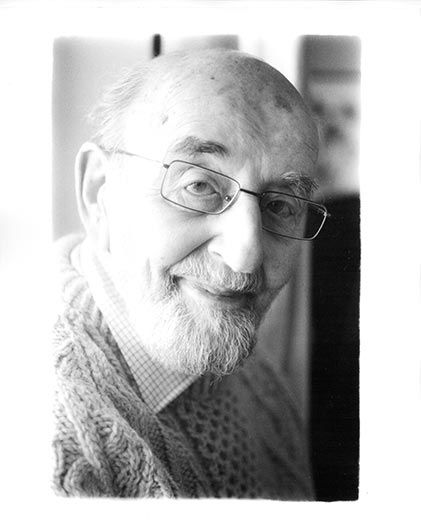
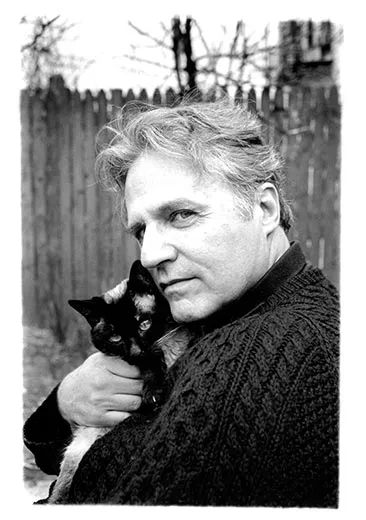
/https://tf-cmsv2-smithsonianmag-media.s3.amazonaws.com/accounts/headshot/Jeff-Campagna-240.jpg)